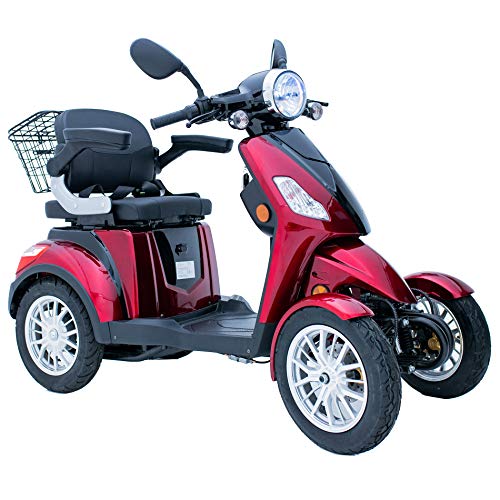What Is Personal Transportation?
Private transportation is the use or private vehicles for transportation. This includes bicycles, cars, scooters, unicycles and other micromobility devices. It can also refer the use of public transportation systems.

Private transport can save you time and get you to your destination. Plus, private transport is more comfortable and provides privacy that isn't available on public transportation.
Cost
Many families find that the cost of personal transport is a major burden. It can make it difficult for them to save money or invest in other aspects of their lives. Fuel can be a costly expense. There are methods to reduce your expenses for transportation.
Despite electric pedal scooters , many people still prefer private transport for their commute. They believe that it is the most comfortable and convenient way to get around. Some prefer to travel with their chauffeur. The cost of this kind of transport is typically higher than public transportation, but it can provide greater peace of mind and security.
In the future, personal transportation will likely become more electric as EVs take advantage of advances in battery technology and charging infrastructure. EVs are also more accessible and emit less carbon dioxide than traditional vehicles. This will make it easier for many people to make the switch from gasoline vehicles to electric ones, which will help reduce GHG emissions as well as traffic congestion.
The benefits of public transport are numerous, and they can be a great alternative to private transportation. When compared to private cars, mass transit is cheaper and more environmentally friendly. It is also convenient and equipped with cameras to ensure passengers security. Additionally, it can help passengers avoid paying for parking fees and maintenance. The biggest drawback of public transport is that it can be slow and infrequent. Transporting children or the elderly can be a challenge. This can result in delays and missed medical appointments.
Time is a major factor.
The time it takes to complete a personal transport task can have a negative impact on people's lives. People who have a busy schedule often discover that commuting is too long. Utilizing a carpool, working from home or living near their work can help reduce the amount of time they spend on commuting. It is also possible to save time if you walk or ride a bicycle instead of driving.
The advancement of technologies could transform personal transportation. These include electric vehicles with solid-state batteries that permit longer ranges and faster charging times. These technologies also improve safety and reduce traffic congestion by optimising traffic management. Autonomous cars are another major development that can make travel more comfortable and convenient. They can also help people stay in shape by keeping them active.
You can also find more about Privacy.
Privacy is a crucial aspect of personal transport. People who are concerned about privacy prefer to travel in their own vehicles instead of using public transportation where they share space with strangers. Furthermore public transportation is often thought to be less safe than private transportation which could affect the safety of passengers. This is particularly true for older people who are more likely to be concerned about their safety.
The lack of privacy can be a major issue for those who travel with children. Having to share the same space as other passengers can be a stressful experience for children and can cause behavioral issues such as aggression and hyperactivity. This is why parents are increasingly opting to travel in private vehicles to ensure their children's safety. This also helps reduce the anxiety of traveling with children, as well as the amount of time spent on commuting. This will reduce the cost of childcare.
Convenience
Personal transportation is a part of everyday life. However, the choice you make could have a significant impact on your health and well-being. Before choosing the best mode of transportation for you it is essential to weigh up the advantages and disadvantages.
Some people prefer public transportation because it is more affordable and requires less maintenance than private transportation. It also has a less impact on the environment as it emits less carbon dioxide per person. It also helps you reduce your fuel and parking costs, and have more flexibility and convenience during your daily commute.
However public transport can be unstable and there are risks associated with it. You could be at risk of being a victim of crime or not be able to reach your destination in time due to mechanical or weather problems. A lot of train and bus routes can be jammed and make it difficult to relax and move around.
Private transportation, however, is a great choice for getting around in comfort and in complete the privacy you desire. It's usually quicker than public transportation, and you'll be able to avoid crowds by traveling in a private car. It is also more convenient than driving a car, as it allows you to choose your own route and stop.
Despite all of these advantages, the majority of people choose to use cars as their primary mode of transport. It could be due to the fact that they are more comfortable or have a higher value. Electric vehicles (EVs), which are becoming more affordable and simple to charge, will likely alter the manner we travel in the coming years.
Researchers at MIT conducted an investigation to discover what factors influence peoples' modal choices. They found that while safety is an important factor but it doesn't play a significant impact on the choice of modal. In fact the most important elements are availability, speed, and cost. This is consistent with previous studies on the modal choices and is likely to persist in the near future. Similarly, a new battery technology that makes use of solid state batteries could further improve the efficiency of EVs and allow them to travel further with the same amount of power.
